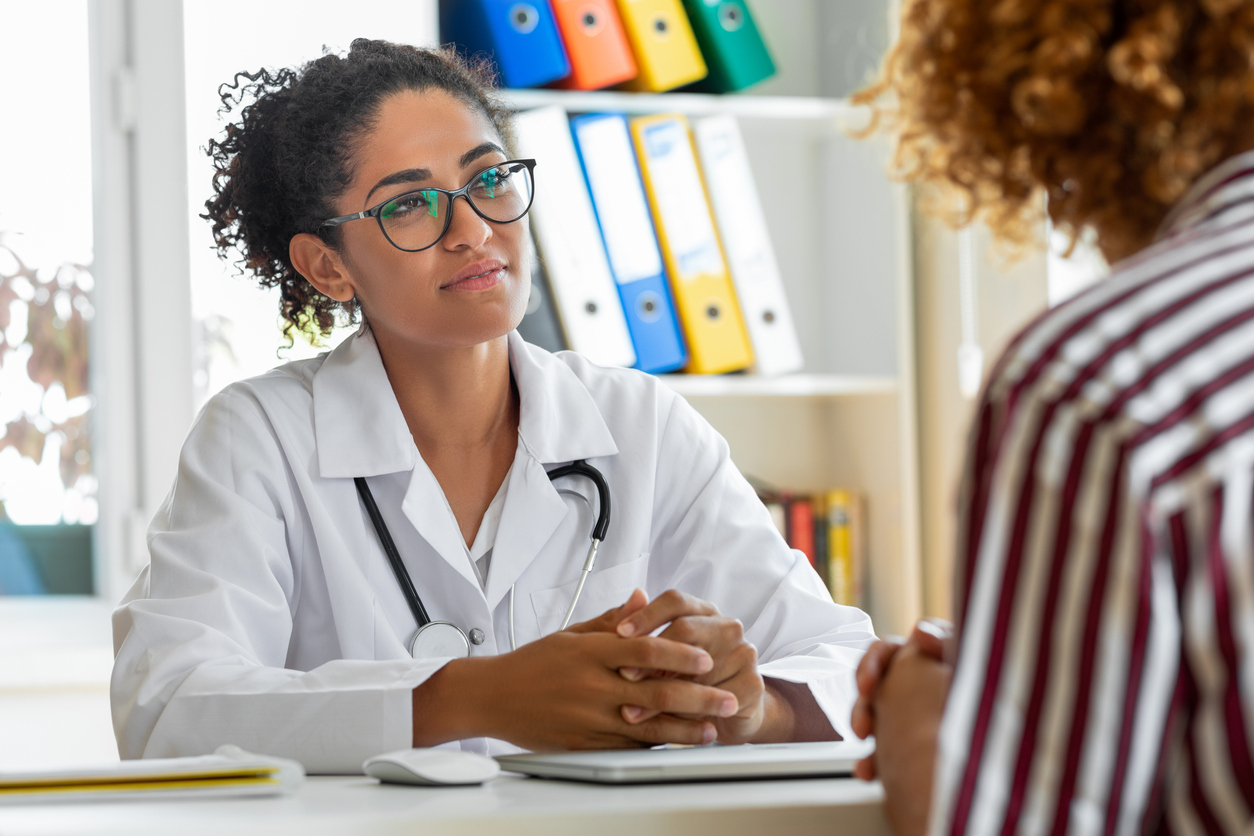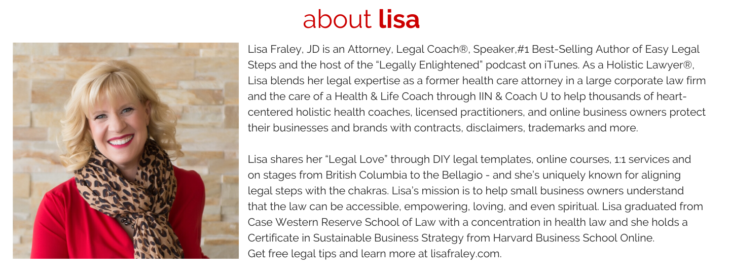
Introduction
The capacity to ignite the human spirit in favor of transformation and growth is a collective endeavor. To co-create a different future, people need to feel cared for and psychologically safe. Neuroscience research illustrates the social nature of our brains and what this has to do with motivating ourselves and others to mobilize positive change. Healthcare leaders and integrative health practitioners are better equipped to navigate complex social environments when they understand that social interactions profoundly shape how our brains respond throughout the day.
Social neuroscience and our need for connection
Findings from social neuroscience demonstrate humans are wired to connect so that we can make sense of others; the brain is designed to be our social organ so that we can survive as a species. This has profound implications for helping people and communities embrace new ways of thinking, feeling, and doing that result in psychological and physical well-being. Science supports a new paradigm for change- one that rests on an understanding of our deep interconnectedness. Brain science research indicates we impact each other biologically, illustrating the capacity for healthcare practitioners to influence the decisions and choices clients make about their healthcare. Humans are mammals, and mammals work cooperatively toward a common goal through connection facilitated by an emotional bond. Our relationships mold how we think and behave, as well as the functioning of our immune systems. Modern brain science shows us we create each other through relationship.
Human behavior is regulated by the overarching principle of the human brain to minimize threat and maximize reward. Approximately five times per second, the limbic system, a region of the brain often referred to as the emotional center, decides that something is either threatening (bad) or rewarding (good). When a threat response is triggered, the learning centers of the brain are impaired. Recent discoveries show the brain responds to social threats and rewards the same as it does to physical threats and rewards. Social needs are treated like survival needs in the human brain.
Social needs domains
Five core social needs have been indicated as domains where we can be activated into a state of threat/avoid or reward/approach – esteem, understanding, choice, relatedness, and equity.
- Esteem is about our perceived importance to other people – or where we rank.
- Understanding refers to having a sense of certainty and our ability to predict the future.
- Choice relates to a sense of control over situations and events, or a sense of autonomy.
- Relatedness concerns feelings of safety with others based or whether someone is perceived as a friend or an enemy. The brain classifies people into threat or reward, just like it does with situations, and foe is the default state unless diffused early on in interpersonal interactions.
- Equity is about exchanges between people being perceived as fair. The brain scans to assess if there is a level playing field. The perception that things are not fair activates the anterior insula, a region of the brain triggered during feelings of disgust. Translate this into a healthcare context, when clients feel that information is not being shared, it signals a threat response in the need for equity, decreasing the client’s thinking resources.
The practitioner-client/patient relationship enables wellness.
When a practitioner perceives another healthcare professional to be working in isolation outside of the team process, it could arouse the limbic system and increases a threat response in the relatedness domain, breaking trust and the feeling that everybody is sharing the same goal. If a practitioner is not able to provide sufficient details about options for treatment, it may activate a danger response in the understanding social need driver, decreasing creativity, insight, and the ability to develop an effective plan for improved health outcomes. On the other hand, when clients are given choice and their voices are elicited in the decision-making process, an approach response is activated in the choice and understanding domains, increasing creative thinking and cognitive resources needed for complex problem solving. When healthcare leaders and practitioners focus their attention on progress it is socially rewarding in the human brain, especially in the social need for esteem. In the animal kingdom survival is closely linked to high status. Even the smallest recognition and acknowledgement of improvement ignites the reward circuitry at a neurobiological level, allowing access to areas in the brain associated with learning and growth.
To effectively partner with clients, the human brain requires that social needs be met. Otherwise it will be directing its attention to figuring out how to survive versus engaging in higher order thinking necessary for navigating complex situations related to wellness goals.
Facilitating a psychologically safe space for clients to learn and grow is not possible without the practitioner feeling psychologically safe.
This underscores the importance of self-regulation.
Studies highlight multiple avenues for how we communicate and influence each other’s emotions and capacity to engage in a vision for change. One way is through our mirror neuron system. Mirror neurons are a set of brain cells that get activated when we observe other people’s intentional behaviors. This affords us the opportunity to ‘mirror’ what someone else is doing and saying at a neural level. It is a component of our resonance circuitry, giving us the capability to map the emotional states and intended behaviors of others. In a healthcare setting, the emotional disposition of the practitioner has a considerable impact on the client’s emotional status. For instance, if the practitioner’s tone is pessimistic, it will activate the same neural circuits in the brain of the client, impairing the mental resources needed to engage in care planning. We are neurochemically linked and moods are contagious, especially the mood of someone who may be perceived in a position of power or influence. If a practitioner’s nervous system is in a dysregulated state, this can be mirrored in the client’s nervous system, shutting down the learning centers in the brain and shuttling resources to engage survival physiology. Self-regulation supports co-regulation in a practitioner-client relationship. This same dynamic occurs between leadership and practitioners in a healthcare organization, illustrating the importance of creating a culture that supports mindfulness and the cultivation of emotion regulation skills.
KEY TAKEAWAYS
Based on how the human brain works, here are three strategies for cultivating a space for positive change in healthcare environments:
- As a healthcare practitioner, create psychological safety by managing threats and rewards in the five social needs when interacting with your clients.
- As a healthcare leader, ask yourself what you want your team to feel safe to do. Then identify which type of threat you need to manage in order to create a sense of safety in your organization.
- Practice self-regulation rituals daily to cultivate physiological resilience to stress and the capacity to shift your nervous system to a state of regulation during interactions that call for higher order thinking, partnership, and creative problem solving.
To engage further with this topic, we invite you to explore our Professional and Continuing Education (PCE) online programs below, or contact us to deliver a customized training program for your organization!
From Empathy to Compassion: The Science of Self-Care and Well-Being in Healthcare Settings
Healthcare Leader as Coach: A Brain-Based Approach to High Impact Conversations
The Physiology of Building Stress Resilience Masterclass
A Brain Based Approach to Upgrading Human Interactions Masterclass
PCE Resilience & Wellbeing Course Bundle
Author:
Laurie Ellington
MUIH Professional and Continuing Education (PCE) Faculty
Laurie is the founder and Chief Executive Officer of Ancient Science, Inc., a leading-edge Integrative NeuroSomatic® human flourishing organization. Laurie uses science to radically expand consciousness, rewire the human nervous system for wellness, and transform the world with kindness and compassion. She is among the pioneers dedicated to cultivating positive social change by harnessing the power of the mind-body-brain-spirit connection. Combining ancient wisdom teachings with findings from modern neuroscience, mind-body research, functional medicine, epigenetics, and flow she helps individuals, leaders, and organizations elevate the way they think, feel, and show up in the world.
Laurie has over 25 years of experience in coaching, teaching, consulting, leadership, facilitation, and mind-body medicine. She is a Licensed Professional Counselor, Certified Brain-Based Coach, Master Certified Coach, Registered Yoga Teacher, and National Board-Certified Health and Wellness Coach. Laurie is appreciated for her ability to evoke untapped capacities and eliminate outdated habits that get in the way of transformation, healing, and growth. Her philosophy is that change happens from the inside out versus the outside in, and people have unleashed capacities to self-regulate, connect deeply as a human family, and heal. She is Associate Faculty within the Health and Wellness Coaching program at Maryland University of Integrative Health (MUIH) and Associate Faculty for the Professional and Continuing Education department at MUIH, with subject matter expertise on the neuroscience of human relationships and stress resilience. Laurie is also Associate Faculty with University of California- Davis, Office of Personnel Management Center for Leadership, and Centers for Disease Control and Prevention University. She is currently completing her Ph.D. in Mind-Body Medicine from Saybrook University.
Laurie is a living example of everything she teaches. She enjoys being in nature, inspiring stories, good food and wine, and spreading joy and kindness.
References:
Arnsten, A.F.T. (2009). Stress signaling pathways that impair prefrontal cortex structure and
function. Nature Reviews Neuroscience, 10 (6), 410-422.
Cacioppo, J. T. & Patrick, B. (2008). Loneliness: Human nature and the need for social
connection. New York: W.W. Norton and Company.
Cattaneo, L. & Rizzolatti, G. (2009).The mirror neuron system. Neurobiological Review, 66(5),
- 557-560.
Cheng, X., Zheng, L., Li, L., Zheng, Y., Guo, X., & Yang, G. (2017). Anterior insula signals
inequalities in a modified Ultimatum Game. Neuroscience, 348, 126–134.
Davis, F. C., Neta, M., Kim, M. J., Moran, J. M., & Whalen, P. J. (2016). Interpreting ambiguous
social cues in unpredictable contexts. Social Cognitive and Affective Neuroscience, 11(5),
775–782.
Eisenberger, N. I., Lieberman, M. D., Williams, K. D. (2003). Does rejection hurt? An fMRI
study of social exclusion. Science, 302, 290–292.
Eisenberger & Lieberman (2004). Why it hurts to be left out: The neurocognitive overlap
between physical and social pain. Trends in Cognitive Sciences, 8, 294-300.
Gordon, E. (2000). Integrative neuroscience: Bringing together biological, psychological and
clinical models of the human brain. Singapore: Harwood Academic Publishers.
Iacoboni, M. & McHaney, R. (2009). Applying empathy and mirror neuron concepts to
NeuroLeadership. NeuroLeadership Journal, 2, 35-41.
Rock, D. & Tang, Y. (2009). The neuroscience of engagement. NeuroLeadership Journal, 2,
15-22.
Tabibnia, G., Satpute, A. B. & Lieberman, M. D. (2008). The sunny side of fairness: Preference
for fairness activates reward circuitry (and disregarding unfairness activates self-control
circuitry). Psychological Science. 19, 339-347.
Zink, C. R., Tong, Y. Chen, Y. O., Bassett, D. S., Stein, J. L. & Meyer-Lindenberg, A. (2008).
Know your place: Neural processing of social hierarchy in humans. Neuron, 58, 273-283.
Xu, X., Zuo, X., Wang, X., & Han, S. (2009). Do You Feel My Pain? Racial Group Membership
Modulates Empathic Neural Responses. Journal of Neuroscience, 29(26), 8525–8529.





